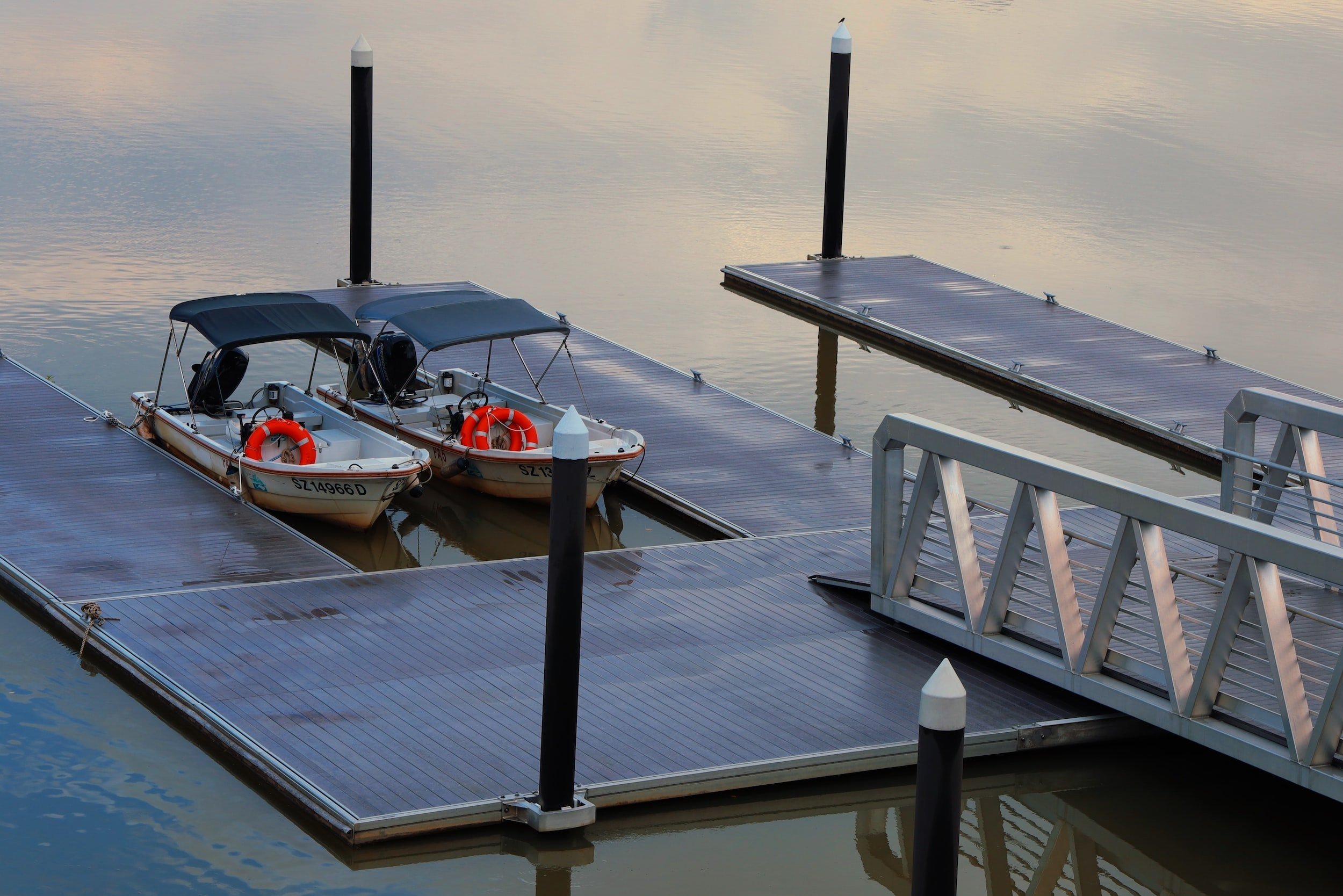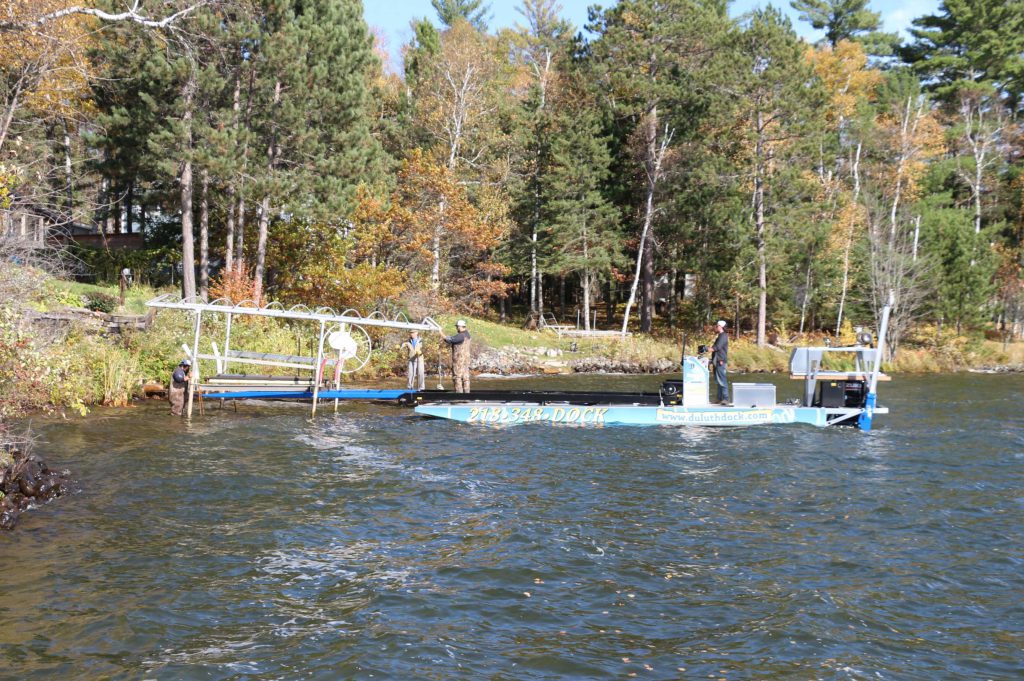DIY Tips for Simple Dock Repairs You Can Take Care Of
DIY Tips for Simple Dock Repairs You Can Take Care Of
Blog Article
Exactly How to Address Common Dock Fixing Issues for Safe Water Tasks

Identifying Common Dock Issues
Recognizing typical dock problems is critical for preserving the performance and safety and security of your waterside home. Routine assessments can aid discover problems prior to they become extreme, making certain both the durability of the dock and the safety and security of those who use it. One prevalent issue is corroded or loose bolts. Gradually, screws, bolts, and various other fasteners can become loosened due to constant direct exposure to water and climate elements, bring about structural instability.
An additional usual problem is the destruction of flotation tools. These devices are vital for keeping the dock resilient, and any kind of damages or slits can cause the dock to checklist or sink. Regularly inspecting for leakages or water logged floats can preempt extra considerable issues.
Furthermore, algae and barnacle build-up on the dock's surface area can create slippery and unsafe problems. This biofouling not only poses a danger to customers but can additionally accelerate the degeneration of the dock materials.
Finally, examining for indicators of corrosion on metal components is essential. Rust can compromise the integrity of the dock's structure, making it dangerous. By routinely determining these typical dock concerns, you can make sure that your dock remains useful and safe and secure for many years to find.
Repairing Rotting Timber
When resolving the concern of decomposing timber on your dock, it is imperative to act swiftly to stop further wear and tear. Begin by extensively evaluating the entire structure to recognize all affected locations. Utilize a screwdriver to penetrate the wood; if it sinks in easily, the wood is most likely decomposed and requires immediate focus.
Be certain to cut back to healthy and balanced, strong wood, ensuring you remove all endangered material. After elimination, treat the staying timber with a wood preservative to avoid future rot.
Following, replace the gotten rid of sections with marine-grade lumber or pressure-treated wood, which are much more resistant to water damage. Safeguard the new pieces with stainless-steel or galvanized fasteners to stop rust. Additionally, using a water-proof sealer to the brand-new wood can give an additional layer of defense.
Safeguarding Loose Boards
How do you ensure your dock continues to be functional and secure for all its customers? One vital facet is safeguarding loosened boards, which can otherwise position significant hazards. Loose boards not only increase the threat of tripping yet can also compromise the architectural integrity of the entire dock.

For reinstallation, make use of galvanized or stainless steel screws, as these materials offer exceptional resistance to deterioration in aquatic environments. Make certain the screws are long enough to pass through deep right into the underlying support framework, however not as long that they extend through the dock's surface. Pre-drilling pilot holes can aid stop the timber from splitting.
Lastly, preserve a regular inspection timetable to determine and address any type of new problems quickly. By safeguarding loosened boards efficiently, you add to the total safety and security and long life of your dock, making it a reliable platform for water activities.
Maintaining Unstable Pilings
Making sure the security of unstable pilings is extremely important to keeping a safe and practical dock. Make use of a level to check for vertical positioning and ensure they are driven deep sufficient right into the substrate to offer adequate assistance.
If the pilings are located to be unsteady, one reliable technique for support is the use of additional supporting. Cross-bracing with dealt with lumber or galvanized metal can substantially improve stability. Support the braces firmly to both the pilings and the dock frame to distribute check my source tons evenly.

Regular maintenance and routine reassessment of the pilings' security are essential to making certain long-lasting dock security and performance.
Changing Rusty Hardware
Resolving unstable pilings is simply one facet of preserving a dock's integrity; one more critical issue is replacing corroded equipment. Over time, exposure to moisture and salt can cause the oxidation and deterioration of brackets, bolts, and screws, jeopardizing the whole framework's safety and security. Regular assessment for rust is important, especially after serious climate or seasonal changes.
When rustic equipment is identified, prompt action is needed. Begin by picking marine-grade stainless-steel or galvanized hardware, both developed to resist the severe marine atmosphere. Make sure that you have the proper tools, such as wrenches and screwdrivers, to securely get rid of the old, corroded items without creating more damage to the dock.
After getting rid of the corroded hardware, thoroughly tidy the affected areas to remove any kind of residual rust or particles. Apply a rust-inhibiting primer to subjected steel surface areas prior to setting up the brand-new equipment. Tighten up all components firmly to stop future helping to loosen, and occasionally evaluate the more information installations to make certain ongoing stability.
Replacing rusty hardware not only prolongs the dock's lifespan yet also substantially improves the security of water activities. By proactively taking care of corrosion, you safeguard both the structure and its individuals, making certain a enjoyable and safe waterside experience.
Conclusion
Routine assessments and maintenance are vital to resolve typical dock fixing concerns and make sure safe water activities. By identifying and treating problems such as rotting wood, loosened boards, unsteady pilings, and corroded hardware, structural stability and long life can be substantially improved. The application of marine-grade products and appropriate therapies better strengthens the dock versus environmental stress factors. Such proactive procedures add to the total safety and security and functionality of dock structures, fostering a secure setting for water-based activities.
Making certain the safety and security of water tasks hinges considerably on the correct upkeep and repair work of anchors (Dock Repairs). These tools are necessary for maintaining the dock buoyant, and any damages or leaks can cause the dock to checklist or sink. By consistently recognizing these usual dock issues, you can ensure that your dock continues to be protected and practical look at this site for years to come
Making sure the stability of unstable pilings is critical to keeping a secure and practical dock.Routine evaluations and maintenance are essential to attend to usual dock fixing problems and ensure secure water tasks.
Report this page